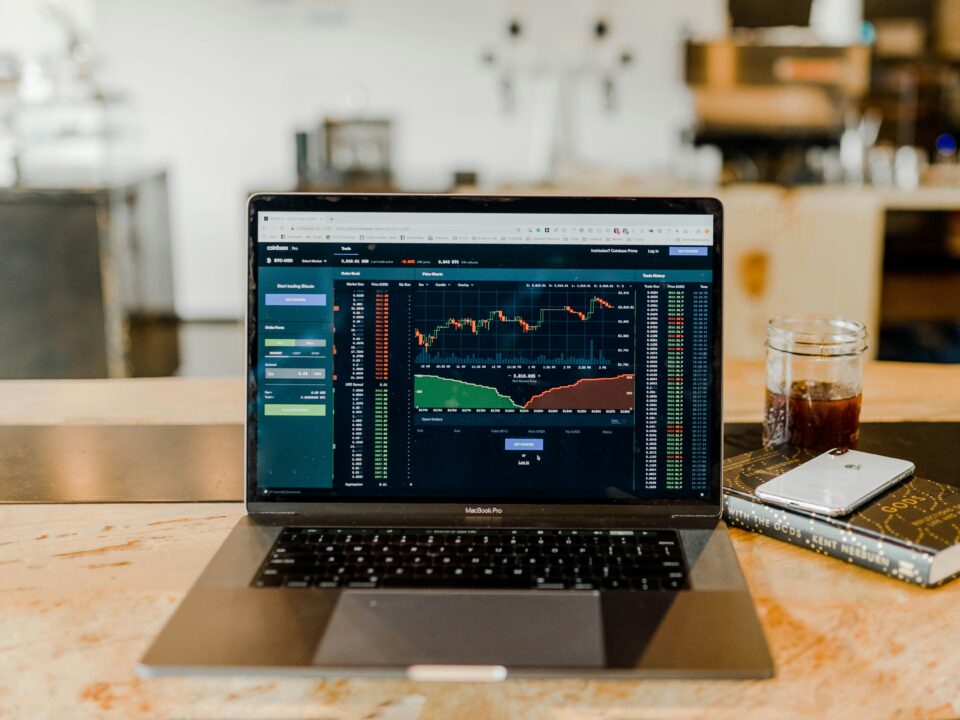
Unveiling the Power of Institutional Trading
July 24, 2024
Institutional Trading: Advancing the Future of Finance
August 13, 2024In the ever-evolving world of finance, institutional trading strategies have emerged as pivotal forces in shaping market dynamics. These strategies, employed by large entities such as mutual funds, pension funds, and hedge funds, play a critical role in influencing financial markets globally. Understanding the complexities of these strategies provides insight into their impact on market behavior, liquidity, and volatility.
The Evolution of Institutional Trading
Institutional trading has undergone significant transformation over the past few decades. Historically dominated by manual processes and face-to-face transactions, the trading landscape has shifted towards high-frequency trading (HFT) and algorithmic strategies. This evolution reflects broader advancements in technology and data analysis, which have redefined how institutions approach market participation.
Initially, trading strategies were primarily based on fundamental analysis and market intuition. However, as technology advanced, the focus shifted to quantitative models and algorithmic trading. Today, institutions leverage sophisticated algorithms that can process vast amounts of data and execute trades at unprecedented speeds. This shift has enabled institutions to capitalize on short-term market inefficiencies and make data-driven decisions.
High-Frequency Trading: The Speed Factor
High-frequency trading (HFT) represents one of the most influential developments in institutional trading. HFT strategies involve executing a large number of trades at extremely high speeds, often measured in milliseconds. These strategies rely on advanced algorithms and high-speed data connections to gain a competitive edge in the market.
The primary advantage of HFT is its ability to capitalize on minute price fluctuations that occur in milliseconds. By using algorithms to identify and exploit these price discrepancies, institutions can achieve significant profits over a large volume of trades. HFT strategies also contribute to increased market liquidity, as they often involve placing and canceling orders rapidly.
However, HFT has been a subject of controversy, particularly concerning its impact on market stability. Critics argue that HFT can exacerbate market volatility and contribute to flash crashes, where markets experience sudden and severe drops. Regulatory bodies have introduced measures to address these concerns, such as minimum resting times for orders and circuit breakers to halt trading during extreme volatility.
Algorithmic Trading: Precision and Efficiency
Algorithmic trading involves using complex mathematical models and algorithms to execute trades based on predefined criteria. Unlike HFT, which focuses on speed, algorithmic trading emphasizes precision and efficiency. Institutions employ algorithmic strategies to automate trading decisions, reduce transaction costs, and manage large volumes of trades.
One common algorithmic strategy is implementing “smart order routing.” This technique involves routing orders to different trading venues based on factors such as price, liquidity, and execution speed. By optimizing order execution, institutions can achieve better trade outcomes and minimize market impact.
Another popular algorithmic strategy is “statistical arbitrage,” which involves exploiting statistical relationships between related securities. Institutions use sophisticated models to identify and exploit pricing inefficiencies between correlated assets, generating profits from these discrepancies.
The Role of Data and Analytics
Data and analytics have become integral to institutional trading strategies. Institutions now rely on vast amounts of data, including market data, economic indicators, and social sentiment, to inform their trading decisions. Advanced analytics tools, such as machine learning and artificial intelligence, enable institutions to process and analyze data more effectively.
Machine learning algorithms can identify patterns and trends in historical data, providing insights into potential future market movements. These insights help institutions make informed decisions and adjust their trading strategies in real time. Additionally, sentiment analysis tools can gauge market sentiment by analyzing news articles, social media posts, and other sources of information.
The increasing reliance on data and analytics has led to the development of “quantitative trading” strategies, where mathematical models drive trading decisions. Quantitative trading involves the use of statistical techniques to develop predictive models and identify trading opportunities. Institutions that excel in quantitative trading often have dedicated teams of data scientists and quantitative analysts.
Risk Management and Compliance
Effective risk management is a crucial aspect of institutional trading strategies. Given the large volumes and complex nature of institutional trades, managing risk is essential to safeguarding investments and ensuring regulatory compliance. Institutions employ various risk management techniques, including portfolio diversification, stress testing, and scenario analysis.
Portfolio diversification involves spreading investments across different asset classes and geographic regions to reduce exposure to any single risk. Stress testing and scenario analysis simulate adverse market conditions to assess how a portfolio would perform under different scenarios. These techniques help institutions identify potential vulnerabilities and develop strategies to mitigate risks.
Compliance with regulatory requirements is another critical aspect of institutional trading. Regulatory bodies impose rules and regulations to ensure market integrity and protect investors. Institutions must adhere to regulations such as the Markets in Financial Instruments Directive (MiFID II) and the Dodd-Frank Act, which govern aspects such as transparency, reporting, and risk management.
The Future of Institutional Trading
As financial markets continue to evolve, institutional trading strategies are likely to undergo further transformation. The integration of emerging technologies, such as blockchain and decentralized finance (DeFi), could reshape the trading landscape. Blockchain technology offers the potential for increased transparency and efficiency in trading processes, while DeFi platforms could introduce new trading opportunities and challenges.
Furthermore, the growing focus on environmental, social, and governance (ESG) factors is expected to influence institutional trading strategies. Institutions are increasingly incorporating ESG considerations into their investment decisions, driven by both regulatory requirements and investor preferences. ESG-focused strategies may impact asset allocation, risk management, and overall trading approaches.
Institutional trading strategies have a profound impact on modern finance, shaping market dynamics, liquidity, and volatility. The evolution of trading practices, driven by technological advancements and data analytics, has transformed how institutions approach market participation. As the financial landscape continues to evolve, institutions will need to adapt their strategies to stay competitive and navigate emerging challenges and opportunities.





